Nature Recovery Network
We believe in a future Britain where nature is a normal part of childhood and where wildlife thrives across the landscape. Where our urban spaces are green jungles and our seas are bursting with life. Where seeing a water vole or toad is an every day experience.
Here are our proposals for a Nature Recovery Network to put space for nature at the heart of our farming and planning systems; to bring nature into the places where most people live their daily lives. We need new laws, including an Environment Act passed by the Westminster government, to ensure this happens. In it, local Nature Recovery Maps would be produced to achieve key Government targets for increasing the extent and quality of natural habitats, turning nature’s recovery from an aspiration to a reality.
Read our report
Read 'Towards a Wilder Britain' our proposals for a Nature Recovery Network of joined-up habitats to help wildlife and people to thrive.
Britain in 2040
If you could travel forward in time, and visit your home town two decades from today, the last thing you’d expect is that people would feel sorry for you.
It might be hard to work out why at first. Of course, there are little differences, but each one doesn’t seem that strange on its own. The air is cleaner, and the hubbub of vehicle noise has almost vanished from the streets. Nearly all buildings seem to have green roofs, or even green walls. Housing estates now come with green arteries, many of them incorporating old hedgerows and trees. Farm fields have colourful wildflower strips running alongside, or ponds, or thick hedges. There are more hedgehogs, swallows and housemartins, and a lot more insects.
Finally, you realise what it is. The people. They simply look healthier and happier, more willing to talk. There’s less stress and anxiety than there used to be. Children especially seem to understand that the natural world is the foundation of our wellbeing and prosperity; that we depend on it, and it depends on us.
Which is, after all, how it is.
Housing estates now come with green arteries: hedges, trees
Britain in 2020
The UK today is a human-dominated landscape. Most original habitats have gone, and natural ecosystems are fragmented. Woods, meadows, ponds and other places with lots of wild plants and animals are getting smaller, fewer, more polluted, and more cut-off from each other. Most of our plants and animals are declining. One in ten face extinction.
Given the pressure on land for food, roads and housing, this is not surprising. However, our separation from nature has led to other unintended negative effects.
Our lifestyles are unsustainable and overlook the value of natural systems. We need healthy soil to grow food in, clean air to breathe, clean water to drink, and green space for exercise and relaxation. No one disputes this – yet our farming and planning systems have often taken us in the opposite direction.
Wildlife can be brought back when the will and the space is there. Previous generations lived with clouds of butterflies, snowstorms of moths, and hedges shaking with dense flocks of farmland birds.
We need to decide what kind of future we want – wilder, or not?
Wildlife and natural systems joined up, and working, everywhere
A Nature Recovery Network is a joined-up system of places important for wild plants and animals, on land and at sea.
It allows plants, animals, seeds, nutrients and water to move from place to place and enables the natural world to adapt to change. It provides plants and animals with places to live, feed and breed.
It can only do this effectively if, like our road network, it is treated as a joined-up whole.
Our vision for a Network
Making space for nature to meet the needs of wildlife and people
Nature conservation in the last century succeeded in protecting some vital wildlife sites. But wildlife has still declined.
Protected wildlife sites alone cannot meet the needs of wildlife or our society. To achieve that, we also need to provide effective protection for the many other places in the landscape that are still rich in wildlife despite the many pressures they face.
And we must invest time, effort, commitment and money into bringing wildlife back across a far wider area – stitching back together Britain’s tattered natural fabric of wild land.
Every space in Britain must be used to help wildlife.
We need to create a Nature Recovery Network that extends into every part of our towns, cities and countryside, bringing wildlife and the benefits of a healthy natural world into every part of life. Letting flowers bloom along road verges, installing green roofs across city skylines, planting more street trees to give people shady walks in the summer, encouraging whole communities to garden for wild plants and animals.
A network that brings wildlife into every neighbourhood would also provide fairer access to nature for people. Studies have shown the benefits of living close to nature, but many people are deprived of these benefits.
Our roads
From this ...
Major roads are impassable barriers for many species

Highways Agency
... to this
Green bridges allow wildlife to shift as the climate changes
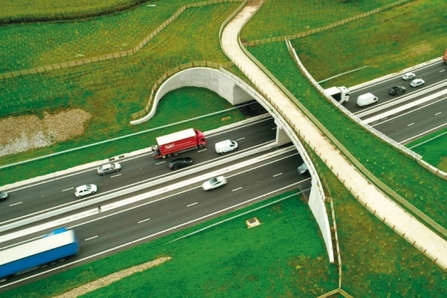
Gov.uk
Our homes
From this ...
Many streets are now sealed under tarmac and concrete
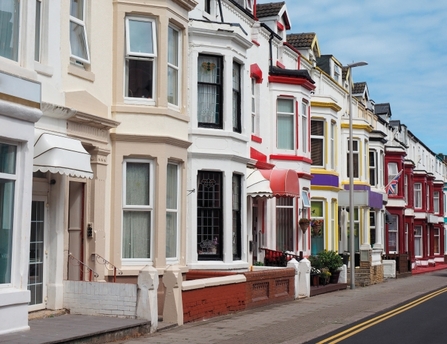
Shutterstock
... to this
Plants and trees improve the street atmosphere and help reduce flooding

Avon Wildlife Trust
Our cities
From this ...
The sheer mass of concrete in cities heats them up in the summer
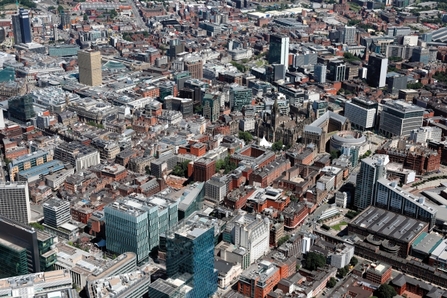
Shutterstock
... to this
Green roofs and spaces absorb heavy rain and cool things down
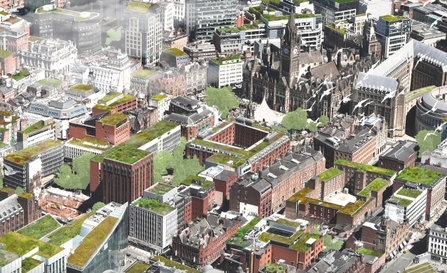
AFL Architects
Our public spaces
From this ...
Two-thirds of amenity grassland is close-mown

Helen Hoyle
... to this
But research demonstrates benefits of meadows to people and wildlife
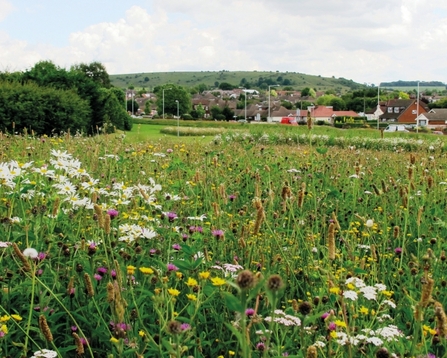
Helen Hoyle
Our farmland
From this ...
Grazing on riverbanks erodes soils and destroys water vole habitat
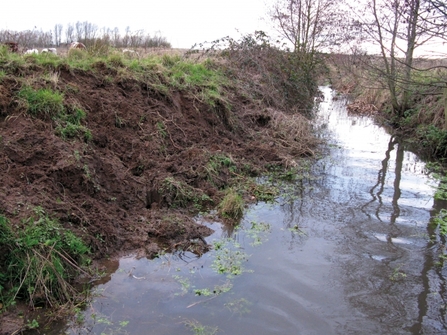
Tenpenny Brook - Darren Tansley
... to this
Simply fencing off the stream bank allows the plants to return and stabilises the bank
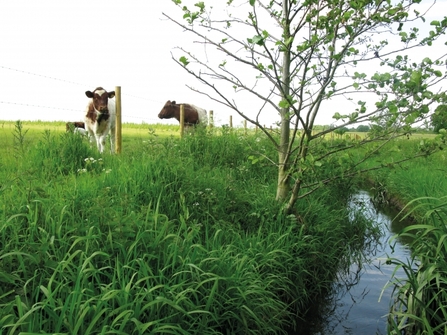
Tenpenny Brook - Darren Tansley
How to make the network
To work towards a wilder Britain that is beneficial to people and wildlife we need the laws, the tools and the people to do it.
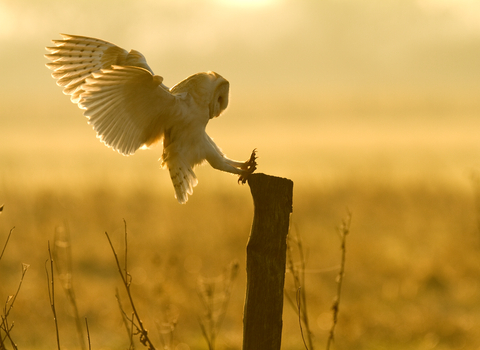
Barn owl - Russell Savory
1. An Environment Act
We need a new Environment Act, passed by a Westminster Parliament. This would commit future governments to increasing the diversity and abundance of our wildlife, making it a bigger part of everyone’s daily lives; and to improving the health of our air, soils, rivers, seas, and consequently, people. This Act would build on the foundations of existing wildlife laws. It would be about nature’s recovery and rebuilding society’s connection to the natural world. It will need to ensure that regulation, investment, public spending and practical action work effectively together.
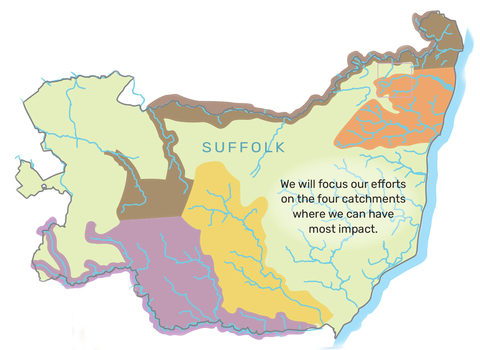
2. Nature Recovery Maps and Plans
For nature to recover, we need Local Nature Recovery Network maps and plans, to identify where good wildlife habitat is already, where it should be and how it will be protected, restored, created and joined together to achieve recovery. The maps would then be used for local planning decisions and to target investment of agricultural funding, net gain contributions and more. So we are calling for laws to require all relevant parts of central and local government to work together to map, plan and create a Nature Recovery Network.
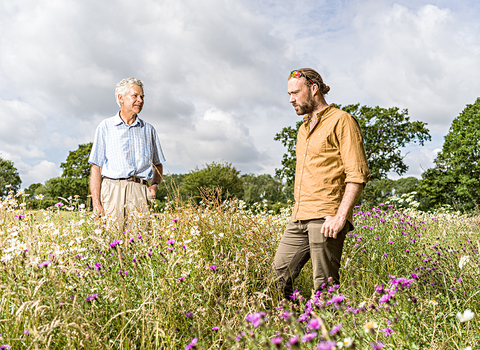
Sam Hanks, Wilder Landscapes Manager and Richard Symmes, Farmer - John Ferguson
3. The people to make it happen
People and organisations from all corners of society will need to be called upon make space for nature. This will include land managers (such as farmers and foresters), developers and investors, public bodies and regulators. All of us have a role to play. We can help by taking action for, and providing space for, wildlife where we live and work.
Contact us
I want to get in touch about this, how can I do this?
We’d love to hear from you. Please send your comments to:



